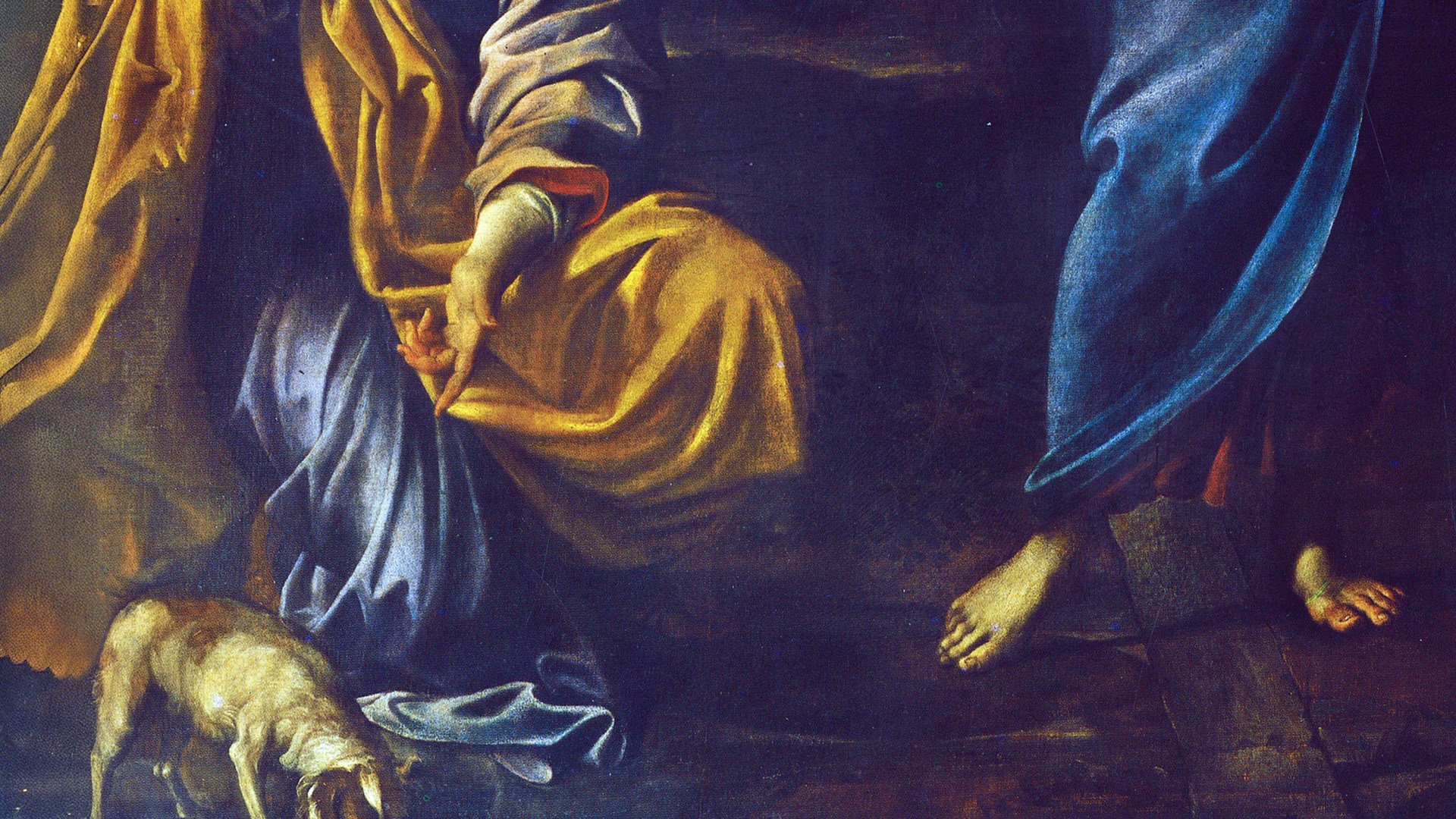Political thrillers are studies in power. Macbeth and All the President’s Men and House of Cards pose similar questions. Who wants power, and why? What will they do to attain it? And which machinations will they come to regret?
The new film Conclave, directed by Edward Berger and based on the novel by Robert Harris, has all the hallmarks of this genre: whispers, sidelong glances, shifting allegiances, dialogue as sharp as the whetted edge of a knife. Its setting, however, is not Washington but Vatican City.
The pope has suddenly died, and the College of Cardinals has gathered to elect his successor. Sequestered in the Vatican, they politick over meals and cigarettes in impassioned speeches and secret meetings before gathering each day in the Sistine Chapel to vote by secret ballot, praying their preferred candidate will secure a two-thirds supermajority.
This election process is real. Happily for Berger, it’s also made for the movies, all gilded vestments and towering frescos and pomp and circumstance. Cigarettes burn. Nuns hand-pinch ravioli. Plumes of smoke issue into the sky when each round of ballots is burned.
Conclave is a gorgeous film. It’s also a riveting one. The pope serves as the religious authority for nearly 18 percent of the world’s population. A papal election, it turns out, is the perfect place to apply those timeless questions about power.
“The fear of the Lord is the beginning of wisdom,” and that fear has entered the hearts of some of the cardinals, particularly Cardinal Lawrence, manager of the conclave, brilliantly portrayed by Ralph Fiennes. Though Lawrence is undergoing a crisis of faith—in fact, he’d hoped to leave the college and join a monastic order—he takes extremely seriously the responsibility with which he’s been entrusted.
Lawrence’s own doubt, he insists, disqualifies him to serve as pope. Or does his reticence make him just right for the position? As one of his colleagues puts it, “The men who are dangerous are the ones who do want it.”
That maxim is certainly true in more profane politics. People who want to be president are rightly assumed suspect. Absolute power, we know, corrupts absolutely. But what about power grasped in service of a higher authority? What about power for God’s sake?
That question makes Conclave an especially compelling movie, and different from others of its kind. In this setting, such struggles aren’t only about selfish striving; they’re about love for the church and deeply held desires for its future. Some of the cardinals are obviously craven. But most are more complicated. It’s difficult to tell where ambition ends and where conviction—about the return of the Latin Mass, or women in leadership, or sexuality, or radical Islam, or social justice—begins.
Conclave offers an apt portrayal of the Catholic church’s factions, as well as how those factions muddle American political categories. The candidate who would be the first Black pope (Lucian Msamati) has traditional views on sexuality. The mysterious Cardinal Benitez (Carlos Diehz) is a reformer, concerned for the plight of the poor. But he’s also very much religious, with a history of missions work in dangerous places. He wants to do his work within the church.
And though the film subtly advances progressive convictions, it gives cardinals of all ideological persuasions equal opportunity to fall short. Both the conservatives (Msamati, Sergio Castellitto) and the liberals (John Lithgow, Stanley Tucci) give in to their egos. They succumb to sin; they weep; they seek forgiveness. As Lawrence puts it, “We are mortal men; we serve an ideal. We cannot always be ideal.” Electing a pope, oftentimes, is a matter of choosing “the least bad option.”
Still, the “least bad option” has that 18 percent of the world under his leadership. He’s responsible for preserving Catholic fidelity and orthodoxy. He’s not merely accountable to voters or the rule of law but to God. Conclave takes this seriously. Even when one cardinal quips that the former pope had his doubts—“never about God,” but about “the church,” with all its bureaucracy and abuse and corruption—there’s a sense that the loss of that church would be grievous. The answer isn’t to abolish but to reform.
By the end of its twisty plot, Conclave shows its cards about what that reform might look like—with an election (and a subsequent revelation) that feels extremely unlikely even for a thriller as dramatic as this one.
It’s a rather didactic ending for a film so nuanced, so humanizing, and so accommodating of difference. At the conclave’s opening Mass, Cardinal Lawrence begs his brothers for unity, citing Ephesians 5:21. “God’s gift to the church is its variety,” he pleads. “There is one sin I have come to fear above all others: certainty. … Our faith is a living thing precisely because it walks hand in hand with doubt.”
Different viewers might conclude that more certainty on any number of these issues—Islam, women in leadership, the church’s obligation to the poor—is precisely what’s needed to keep that faith alive. Nevertheless, it’s moving to see a varied group of men, doubts and all, muddling their way forward amid the clouds of cigarette smoke and plates of ravioli. Their attempt, Conclave recognizes, is worthy of being made: for the power and the glory of the One on the throne.
Kate Lucky is the senior editor of culture and engagement at Christianity Today.



























































